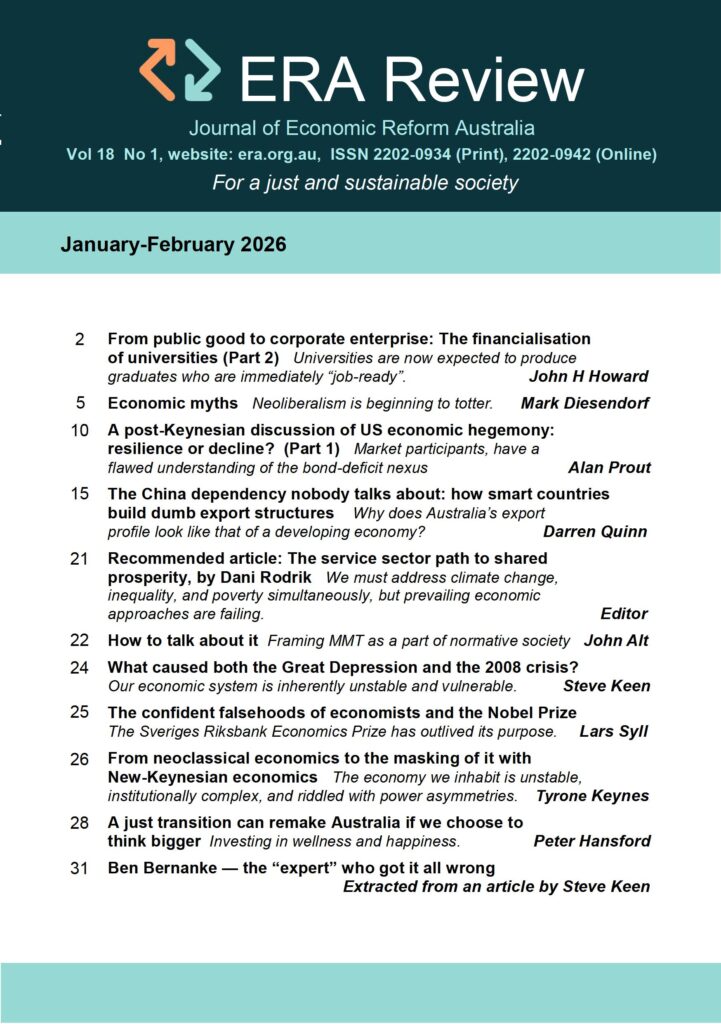Comment on the consistency of MMT with the economics of production and consumption
John Hermann
Advocates of MMT accept the post- Keynesian position that in modern economies the money supply is created endogenously, that is, according to the private sector’s demand for currency and credit money. That demand is assessed by the central bank through reviewing the magnitude and direction of economic indicators like interest rates, the various measures of inflation, and currency exchange rates, and by targeting ranges for those indicators which it regards as necessary and acceptable for a healthy economy.
The nation’s central bank then creates a change in the volume of base money (defined to be currency plus deposits of banks in the central bank, sometimes described as high-powered money) which it believes will result in achieving those economic targets, and which it hopes will stimulate banking institutions into creating credit money in sufficient volume to keep businesses and the public happy. And the central bank carries out this base money creation in an entirely reactive manner.
The rate of creation of those forms of money which make up the money supply (which varies according to the public’s demand for new money) correlates with the rates of production and consumption of goods and services.
This also means that there is a necessary link (albeit an indirect link) between the central bank’s base money creation and the production and consumption of goods and services.
John Hermann is ERA Review editor






























